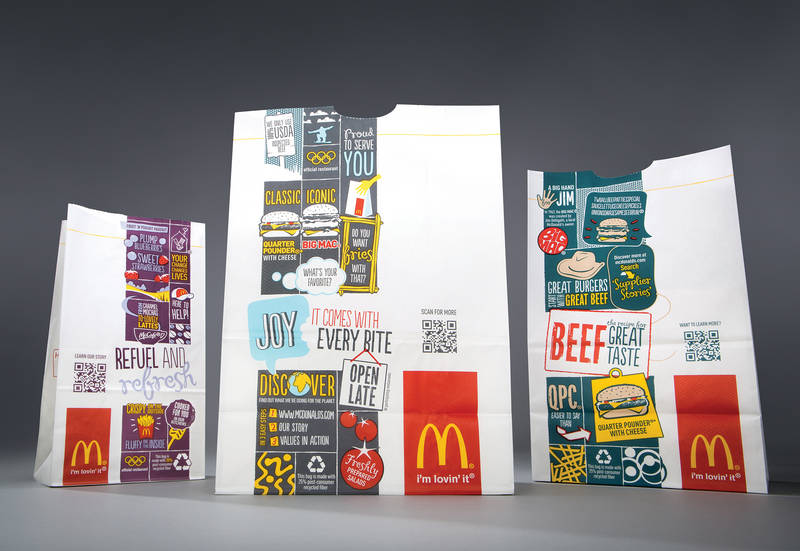Ah, the good old QR code. The subject of Quick Response codes comes up rather a lot in the agency world. When a shiny piece of offline creative is being lovingly crafted, the ‘digital guys’ are often asked whether or not we should include one.
The reason to use them is a simple one; it’s a quick way to get consumers from the offline world to the mobile world. Perfect. So, why not then?
Let’s start with the biggest stumbling block, a lack of education. People generally don’t know what they are, or what they’re for. QRs have been peppered all over the place in recent years, but the majority of us have no idea what they are, let alone what to do with them. Evidently, only 15% of smartphone users have actually ever scanned a QR code. I wonder how many of those have re-scanned? Or even have said QR app on their phone? There aren’t stats to support this, but I know the answer is very few.
The next issue, I’m afraid, is ours. By ours, I mean the marketers. Let me explain. By the time our good friend the consumer has learnt what these odd pixel-ly barcodes are, then gone to the effort of downloading a QR reader, and finally scanned a code, they then—more often than not—end up at a non-friendly website that has little or nothing to do with what they were scanning in the first place.
If this wasn’t frustrating enough, there is the issue of the badly placed QR code. To use a QR code on a tube train (where there is no network), on an escalator (where you’re obviously on the move), an in-flight magazine, for five seconds on a TV show or in email signatures (when you’re already online)is just plain bonkers.
You can see why we’re losing faith and de-coding. This is a pity. There’s a lot of competition for your audiences’ attention and memory and QR codes can be interactive in a unique way. They are scanned and stored, which translates into a longer shelf life. They will live as a contact or recent place on your audiences’ mobile device, which gives them the chance to revisit once they have the time.
And there have been a few incredibly creative and useful examples. The Guinness QR glass and the Berge Tattoo QR ad spring to mind. And McDonald’s has been using mobile codes on their packaging to provide customers with nutritional information as well as a digital extension to their promotions (I would include QR links but you probably don’t have a QR reader, so just Google them instead). These are unique situations that require complex URL structures to pass along extra information to a server or database to allow users access to guarded information. These examples in particular show an excellent way of connecting online content directly to offline rewards.

But truth be told, the poor QR code never really stood a chance. From its humble beginnings as a way to track motor parts, it was never intended to be a marketing tool. So, unless Apple, Google and the like load their devices with inbuilt QR readers, and the world’s marketers come to their senses, and we all figure out how to use them, then I’m afraid the dear old QR code is heading into the sunset.
About the Author
Rick Evans is the Digital Creative Director of Anthem. At home below-the-line and above it, online and off it. A reputation for bringing a powerful commercial understanding to his creative talents and an ability to get the very most out of the latest technologies available, in any media.
He is also the co-founder of award winning digital agency Untitled.
